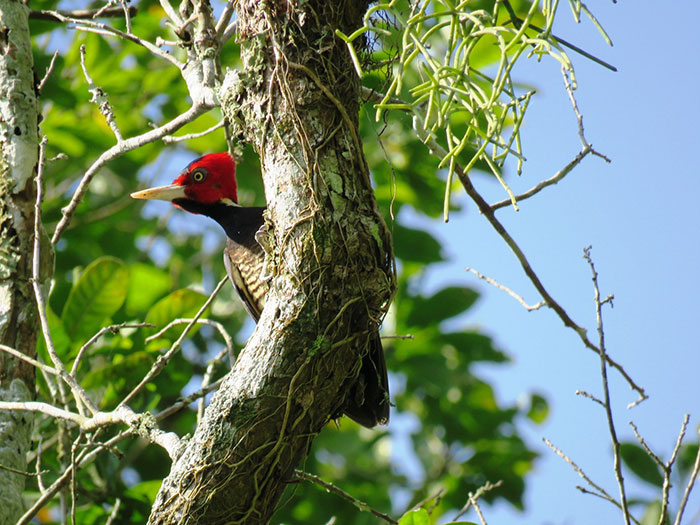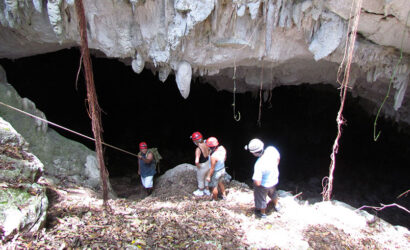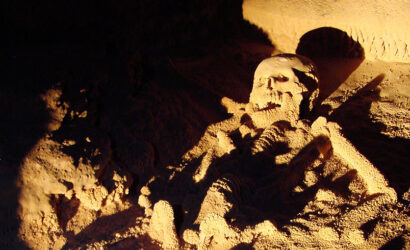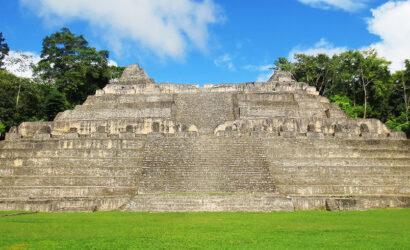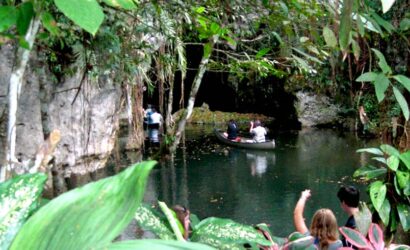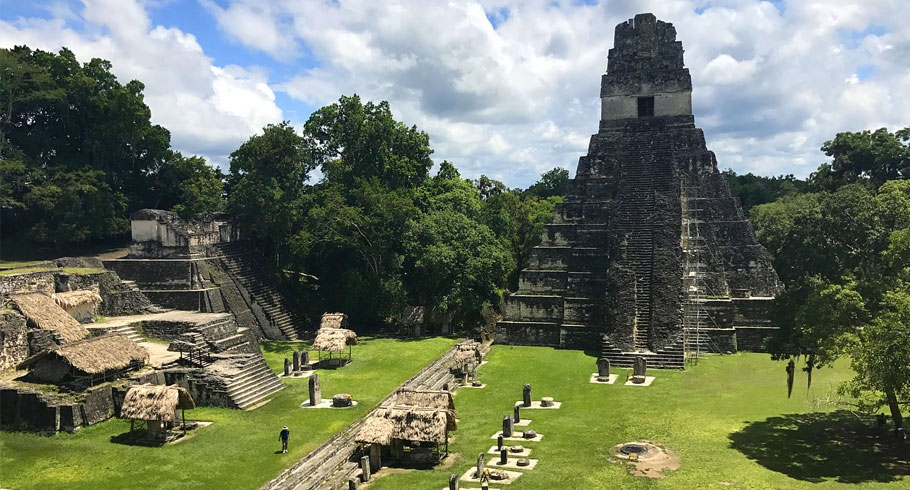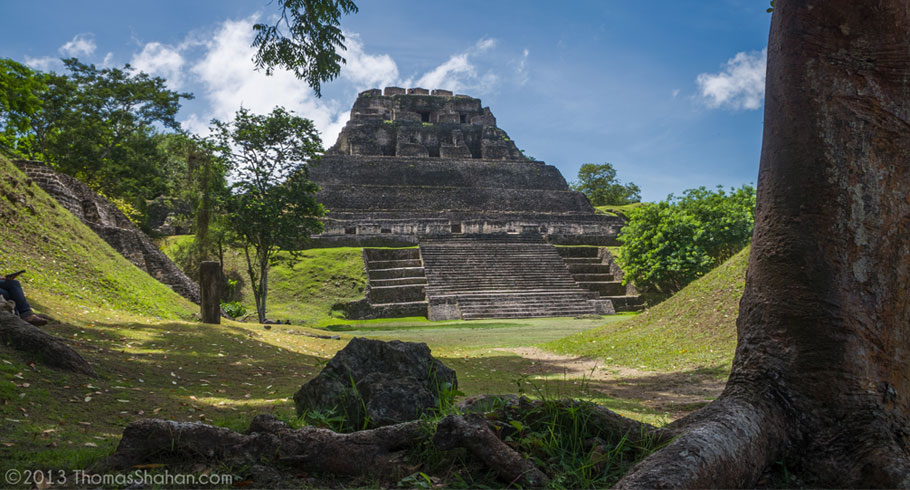Explore the Hidden Maya City of El Pilar
El Pilar is a fascinating 100-acre Maya site, still undergoing excavation by the University of California. Located just 12 miles northwest of San Ignacio in the Cayo District, this archaeological site dates back to the Middle Pre-Classic and Late Classic periods (500 BC – 1000 AD). Its name, El Pilar, is believed to come from the Spanish word “pila,” meaning watering basin, due to the area’s abundance of natural water sources.
One of the site’s most remarkable features is its causeway, which stretches from the eastern section of the ruins across the Belize-Guatemala border. Archaeologists have uncovered 12 pyramids and 25 plazas—three times the number found at nearby sites like Xunantunich and Cahal Pech. During excavations, researchers also discovered residential structures, elite compounds, and ceremonial buildings, providing valuable insight into ancient Maya civilization.
Unlike other popular Maya sites, El Pilar remains largely untouched. Most structures are still in the early stages of excavation, allowing visitors to experience the site in its raw, natural state. Five trails weave through the site—three archaeological trails and two nature trails—giving visitors a chance to explore both history and the ancient agro-forestry practices of the Maya. Walking these trails provides a unique perspective on what the site looked like before modern research began.
Beyond its historical significance, El Pilar is also a paradise for nature lovers. The surrounding jungle is alive with diverse flora and fauna, making it an excellent spot for birdwatching and wildlife encounters. Howler monkeys, toucans, and vibrant tropical plants thrive in this pristine environment, creating an unforgettable blend of history and nature.
A visit to El Pilar offers a rare opportunity to step back in time and explore an ancient Maya city that remains much as it was when first discovered. Whether you’re a history enthusiast, an adventure seeker, or a birdwatching fan, this site offers an incredible experience in the heart of Belize’s lush landscape.
What to Bring : camera, binoculars and drinking water. Wearing shorts is fine, wear comfortable shoes and bring along insect repellent and sunscreen.

